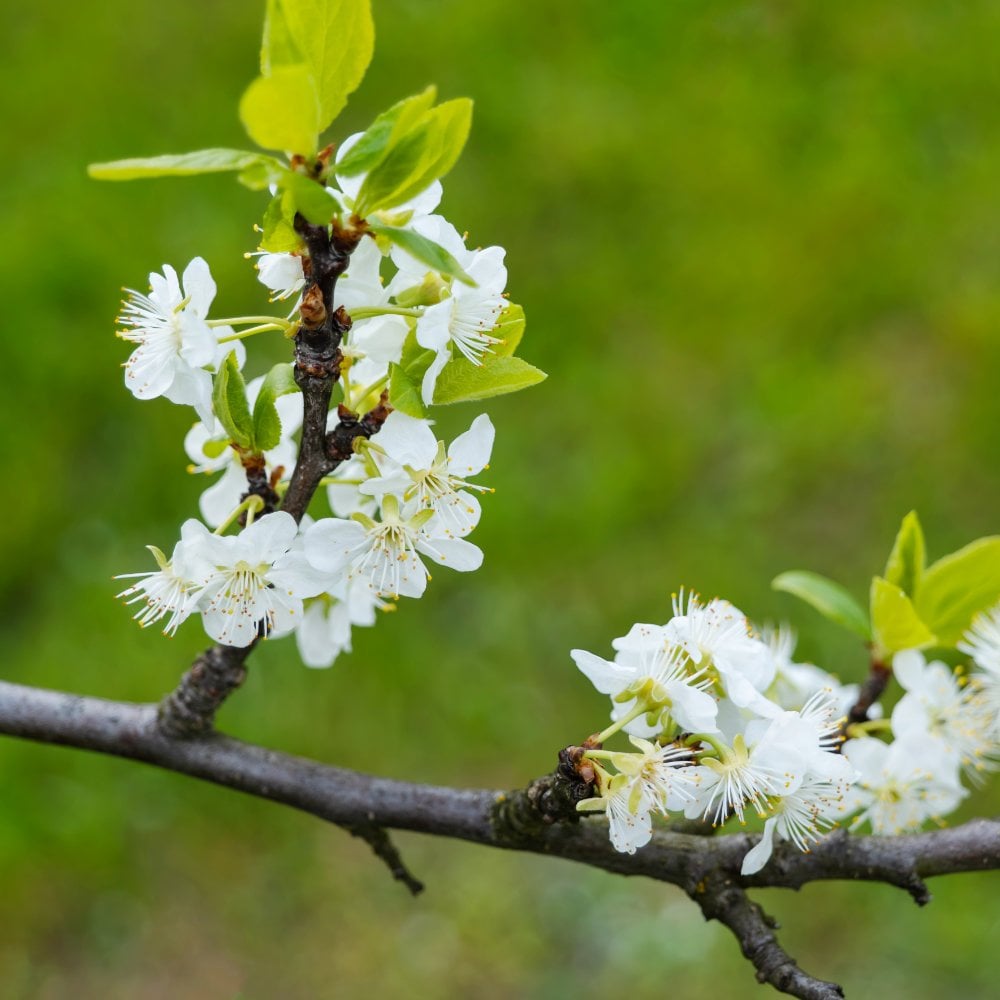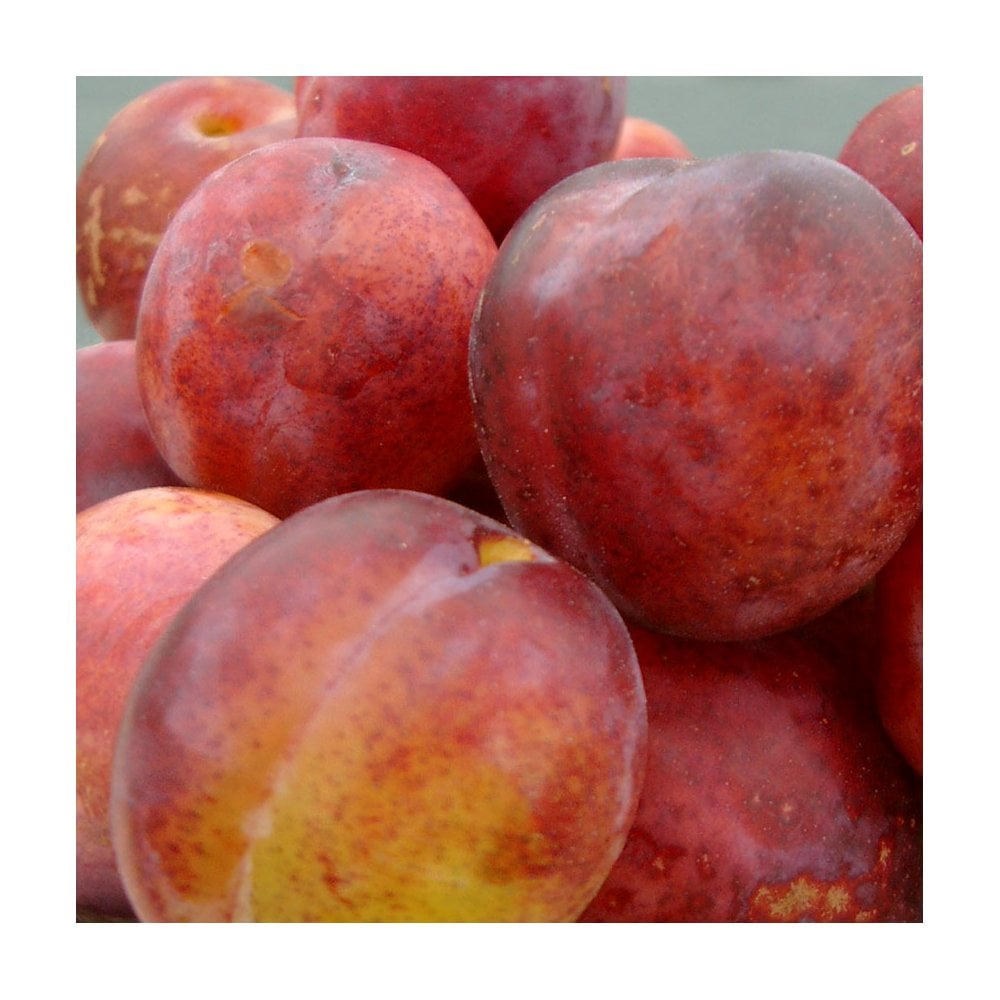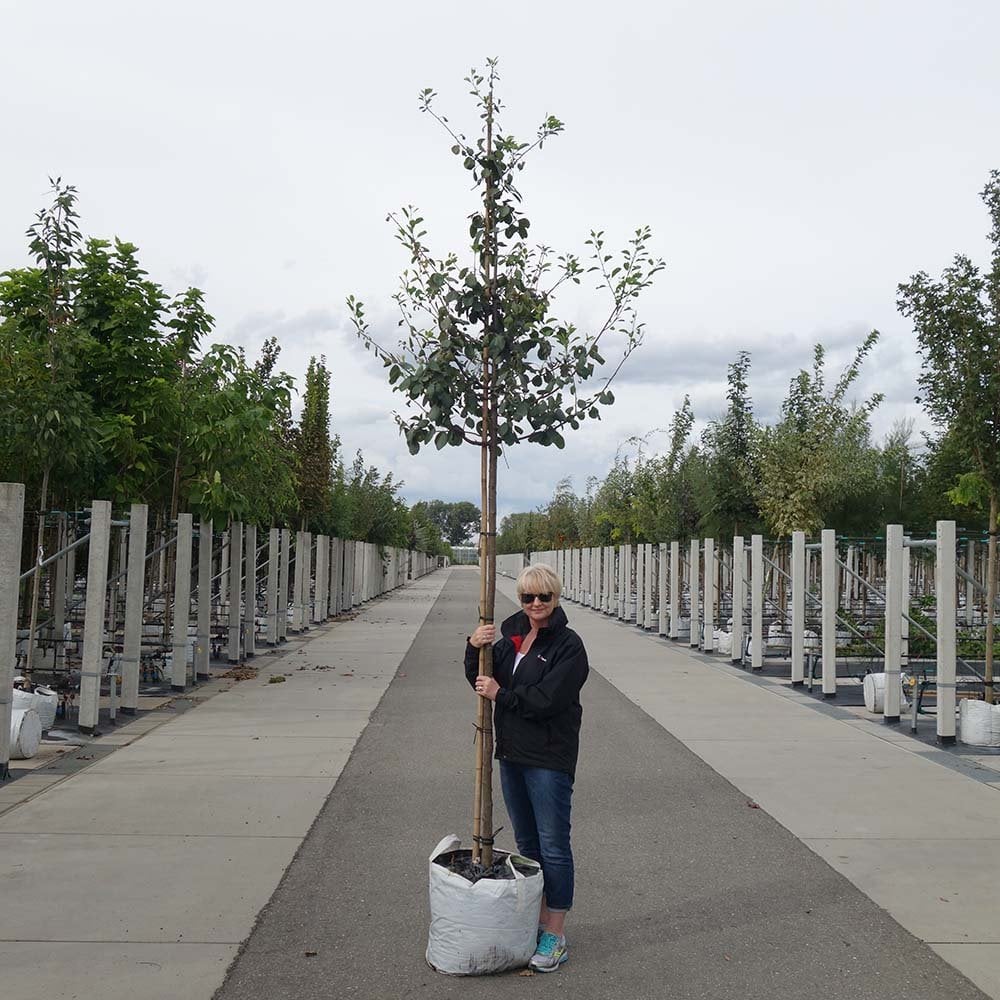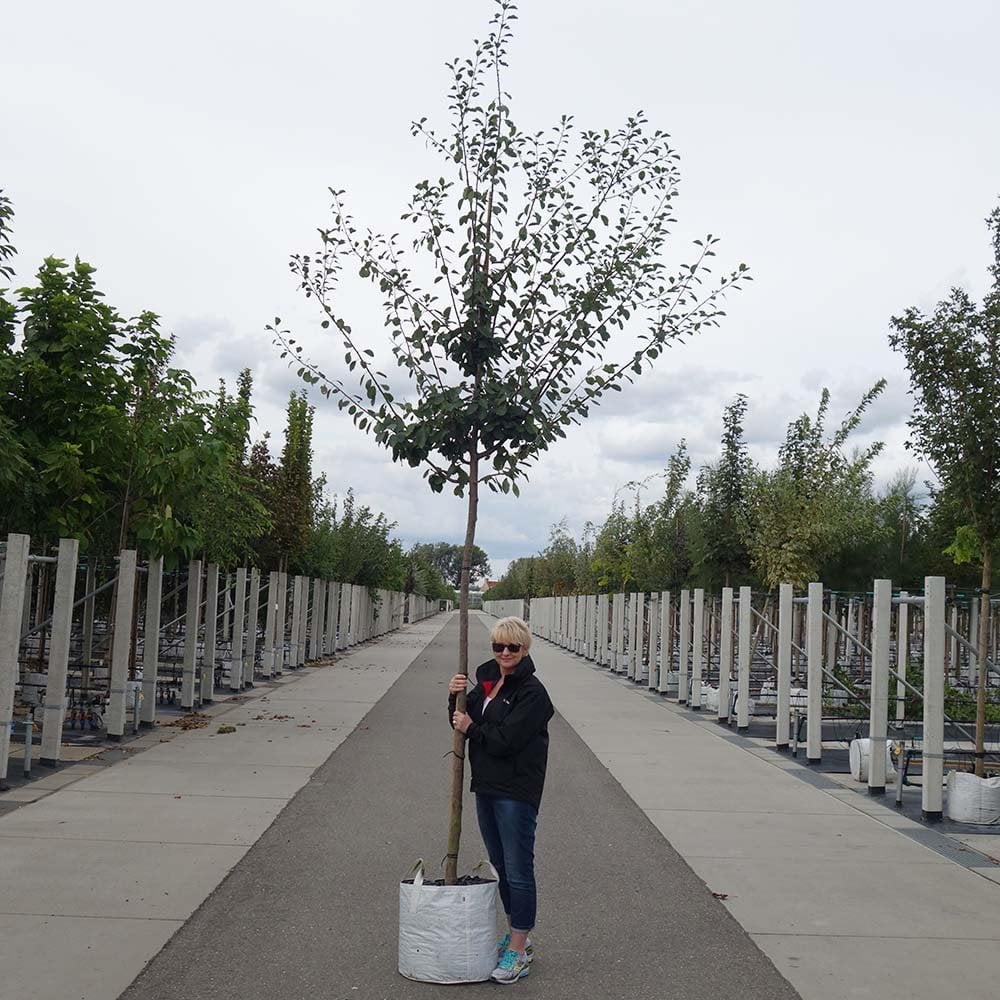Opal Plum Tree
Opal Plum Tree
Eating Plum Trees

Opal Plum Tree
Eating Plum Trees
Key features






Description
An early fruiting variety (sometimes known as the early Victoria), Opal Plum trees produce good crops of large plums with a brilliant, slightly gage like flavour. The attractive fruits have reddish skin and it is often noted that the stone comes away very easily from the flesh.
A self fertile variety, Opal Plum trees will produce crops in late July without the need of a pollination partner. Attractive white blossom in spring is popular with pollinating insects. This plum tree holds RHS AGM status and is a cross between Oullins Gage and Early Favourite.
Prunus domestica 'Opal' comes from Sweden, 1925.
| Small shrubs (1-3) | Young trees & 4+ small shrubs | Select semi-mature trees & shrubs (1-4) | All other mature trees (any quantity) | |
|---|---|---|---|---|
| Mainland UK ex. Scottish Highlands | £10 | £12 | £35 | from £55 |
| Scottish Highlands & the Islands | From £30 | |||
| Outside Mainland UK | Currently we are unable to deliver outside of Mainland UK | |||
Product Details
Key features






Description
An early fruiting variety (sometimes known as the early Victoria), Opal Plum trees produce good crops of large plums with a brilliant, slightly gage like flavour. The attractive fruits have reddish skin and it is...
An early fruiting variety (sometimes known as the early Victoria), Opal Plum trees produce good crops of large plums with a brilliant, slightly gage like flavour. The attractive fruits have reddish skin and it is often noted that the stone comes away very easily from the flesh.
A self fertile variety, Opal Plum trees will produce crops in late July without the need of a pollination partner. Attractive white blossom in spring is popular with pollinating insects. This plum tree holds RHS AGM status and is a cross between Oullins Gage and Early Favourite.
Prunus domestica 'Opal' comes from Sweden, 1925.
Planting & Care
Delivery Information
| Small shrubs (1-3) | Young trees & 4+ small shrubs | Select semi-mature trees & shrubs (1-4) | All other mature trees (any quantity) | |
|---|---|---|---|---|
| Mainland UK ex. Scottish Highlands | £10 | £12 | £35 | from £55 |
| Scottish Highlands & the Islands | From £30 | |||
| Outside Mainland UK | Currently we are unable to deliver outside of Mainland UK | |||
MORE TO GROW YOUR GARDEN






































